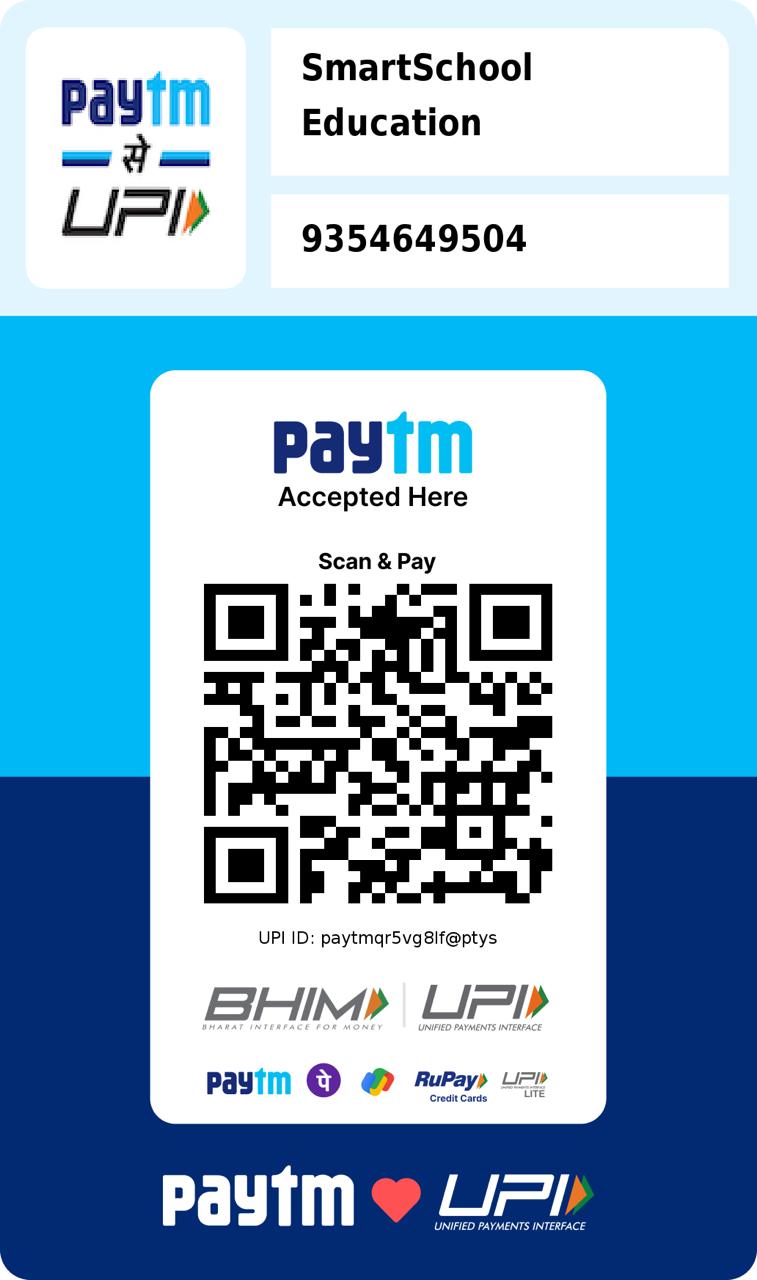What is Panchayat Samiti: Block Samiti - Composition, Function - Class 6
The Panchayat Samiti, also called the Block Samiti, is a council formed to represent a block of approximately ten villages.
Composition of Panchayat Samiti or Block Samiti
Panchayat Samiti or Block Samiti is actually an indirectly elected body. The Pradhans and Panchas of the Village Panchayats in a block choose their representatives for the Block Samiti. The Block Samiti contains other members as well.
A chairperson and a vice-chairperson are elected by members. The everyday work of the Block Samiti is looked after by the chairperson who is also known as Block Pramukh. In case the chairperson is not available, the vice-chairperson looks after all the work of the chairperson. The Block Samiti is termed for five years.
Who all are the other members of Block Samiti?
- The other members of Block Samiti are:
- Members of LokSabha and RajyaSabha.
- Members of VidhanSabha and VidhanParishad from the block.
- Representatives of women, Scheduled Castes, Schedules Tribes, and Other Backward classes from the block.
Do you know how many seats are reserved for women? Well, one-third of the total number of seats is reserved for women at the block level.
- All plans of Block Samiti are implemented with the help of the Block Development Officer (BDO) who is responsible for the whole block.
- In case the members of a Block Samiti feel that the chairperson is not discharging his/her duties properly, they can remove the person by passing a vote of no-confidence against him/her.
Functions of Block Samiti
What does a Block Samiti or Panchayat Samiti do?
As the Block Samiti is the second level of the local self-government, it supervises the working of the Village Panchayats which come under that particular block. The Block Samiti engages many experts to help the villagers. In order to obtain better quality seeds, fertilizers, and insecticides and improve the breed of cattle, experts in the field of agriculture help the villagers.
- Experts bring about a change in the outlook of the people through education and literacy.
- For the different block development programs, Block Samiti arranges funds from the government. It also arranges for the services of technical personnel for development plans in agriculture, construction of roads and buildings, health and education, etc.
- It also looks after health care and organizes vaccination programs.
- Educational experts organize school and literacy programs.
- It also promotes cottage industries and arranges for training for self-employment.
What are these experts called? These experts are known as Extension Officers.
Panchayat Samiti - Questions:
1. Who chooses the representatives to the Block Samiti?
a. Villagers
b. Prime Minister
c. Lok Sabha members
d. Pradhans and Panchas of the Village Panchayats
2. The term of a Block Samiti is ___ years.
a. 3
b. 4
c. 6
d. 5
3. Who among the following are not the members of Block Samiti?
a. Lok Sabha members
b. Vidhan Sabha members
c. Representatives of women
d. Pradhans of Village Panchayats
4. All plans of the Block Samiti are implemented with the help of the _____.
a. Vice-chairperson
b. Lok Sabha members
c. Block Pramukh
d. Block Development Officer
5. How many seats are reserved for women?
a. Half of the total number of seat
b. One-fourth of the total number of seat
c. One-eighth of the total number of seat
d. One-third of the total number of seat
Questions:
1. Who organizes the literacy programs?
a. Pradhans
b. Block Pramukh
c. Vice-chairperson
d. Educational experts
2. Block Samiti supervises the working of the ______.
a. All the blocks
b. LokSabha members
c. Schools
d. Village Panchayats of that particular block
3. The experts from the Block Samiti are called ______.
a. Block Experts
b. Extension Experts
c. Block Officers
d. Extension Officers
4. Who arranges funds for the different block development programs?
a. Village Panchayats
b. Extension Officers
c. Zila Parishad
d. Block Samiti
5. The experts in _______ tell villagers about better breeds of cattle.
a. Education
b. Medicine
c. Agriculture
d. Animal husbandry
Fill in the blanks:
1. The everyday work of the Block Samiti is looked after by the chairperson.
2. The Block Samiti is the second level of local self-government.
3. Block Samiti arranges funds from the government.
4. One-third of the total number of seats is reserved for women at the block level.
5. The vice-chairperson looks after all the work of the chairperson in his absence.
Write True or False:
1. The Block Samiti engages many experts to help the villagers. True
2. The Block Development Officer is the chairperson of the Block Samiti. False
3. Some seats are reserved for the Backward classes at the block level. True
4. The main work of Education experts is to provide free education to everyone. False
5. The Block Samiti arranges for training for self-employment. True
Read More: What Are The Directive Principles of State Policy: Nature and Criticism
Related post:
- Emergence of New States: 18th Century Political Formation - History
- The Crisis Of The Mughal Empire: Definition and Examples - History
- What is NATO? History, Countries and NATO Facts - Studynlearn
- Importance of Atmosphere: 9 Reasons Why Earth's Atmosphere is Crucial
- Impacts of Global Warming: 8 Steps to Control Global Warming
- Panchayati Raj System in India: Steps Taken for the Betterment of Villages
- Who was Aurangzeb: Mughal Empire in 1700 AD -Revolts in Northern India
- Who Was Jahangir: Administration and Relations with the Europeans
- Krishna Dev Rai: A Brave Warrior and Scholar - Case Study
- Krishnadevaraya: The Vijaynagar empire - Indian History Notes - Studynlearn
 Payment
Payment
